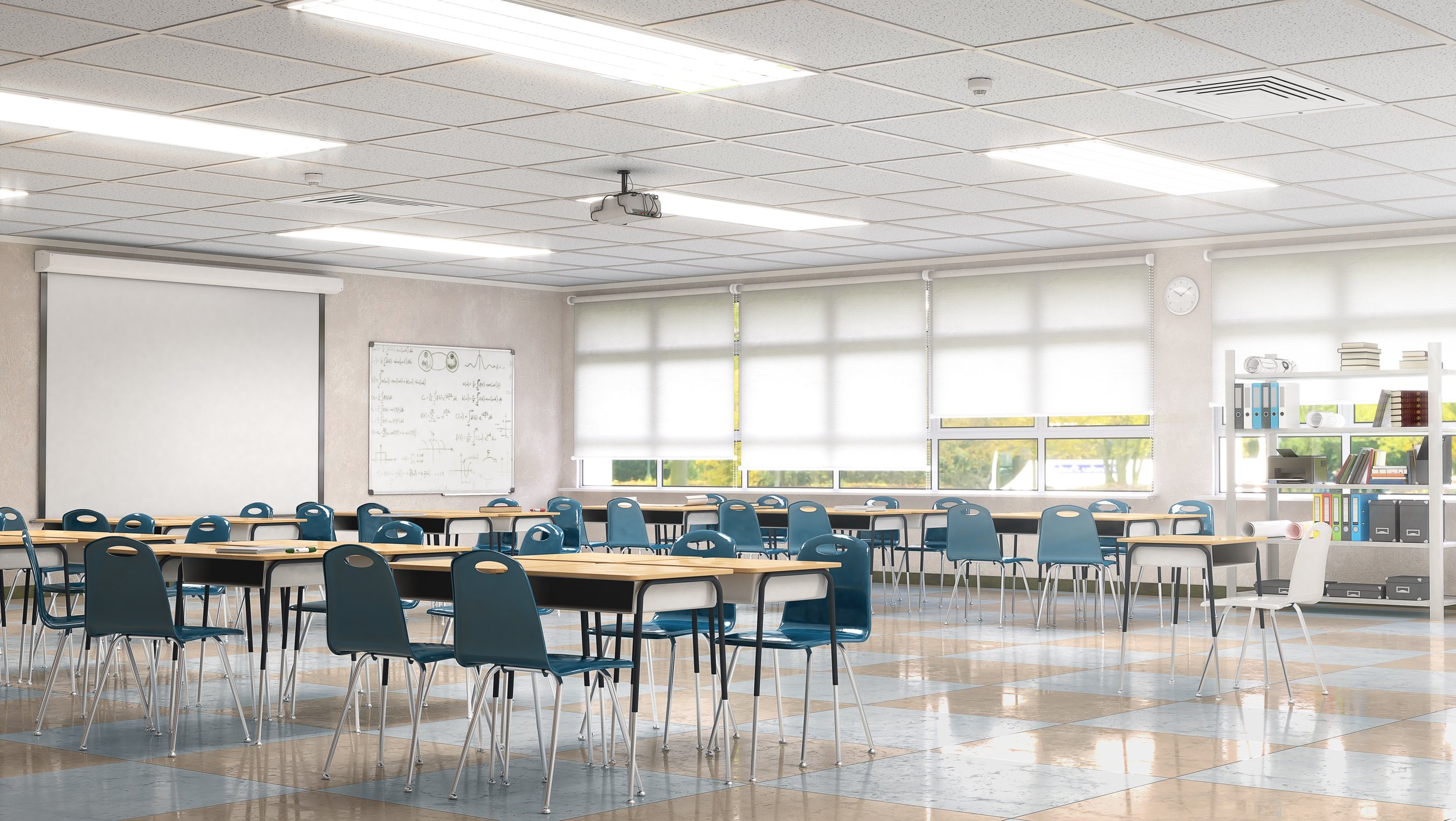
No matter how you look at it (or how you re-brand them as “Parental Choice Tax Credits” or “Education Savings Accounts”) Vouchers are schemes that undermine strong public education and student opportunity. They take scarce funding from public schools—which serve 94% percent of Idaho’s kids—and give it to private schools and for-profit institutions that are not accountable to taxpayers. We know what Vouchers have done to other states:
Property taxes spiked.
After private school Vouchers blew a hole in Wisconsin’s schools budget, homeowners are now facing a $577 million dollar property tax hike. Here in Idaho, lawmakers want to expand private school tax credits to over $300 million PER YEAR, siphoning hundreds of millions away from public schools, increasing the need for levies and bonds to keep teachers, programs like music and sports, and other essentials in our neighborhood schools.
Rural schools suffered.
In Indiana—where Vouchers have been in place for over a decade—students living in rural areas were overwhelmingly left out of Voucher “opportunities.” The same scenario will play out here in Idaho, where nearly half of all Idaho counties (20) do not contain a single private school. Despite this, rural tax dollars will help subsidize payouts to private institutions in Idaho’s most urban counties.
Wealthy families got handouts.
Between 75% and 90% of Voucher users in states like Arizona, New Hampshire and Wisconsin were already in private school before Vouchers were implemented. The disproportionate use of voucher programs by kids already in private school means taxpayers are left footing the bill for affluent families, and private institutions (including for-profit enterprises) walk away with unregulated and unaccountable handouts on the public dime.
And student performance didn’t improve.
Study after study in states across the country are clear: Vouchers do not improve student test scores or outcomes. In fact, studies often showed that outcomes actually worsened. Voucher programs often have exit rates of 15-30%, and low-income kids, kids with disabilities, and lower-scoring kids are most likely to give up their vouchers and go to public neighborhood schools—where their academics improve immediately.
Upcoming Town Hall Events
-

American Falls Save Our Schools Town Hall
Monday, July 7, 2025
6:30 PM to 8:00 PMAF Community Education Center
Join us for a town hall meeting to discuss the recent passage of a $50 million program that uses tax dollars to fund private school tuition.
-

Idaho Falls Save Our Schools Town Hall
Tuesday, July 8, 2025
6:30 PM to 8:00 PMThe Waterfront at Snake River Landing
Join us for a town hall meeting to discuss the recent passage of a $50 million program that uses tax dollars to fund private school tuition.
-

Rigby Save Our Schools Town Hall
Wednesday, July 9, 2025
6:30 PM to 8:00 PMJefferson County Courthouse - Annex Meeting Room
Join us for a town hall meeting to discuss the recent passage of a $50 million program that uses tax dollars to fund private school tuition.
-

Rexburg Save Our Schools Town Hall
Thursday, July 10, 2025
6:30 PM to 8:00 PMMadison Senior Center
Join us for a town hall meeting to discuss the recent passage of a $50 million program that uses tax dollars to fund private school tuition.
-

Blackfoot Save Our Schools Town Hall
Monday, July 21, 2025
6:30 PM to 8:00 PMBingham County Senior Center
Join us for a town hall meeting to discuss the recent passage of a $50 million program that uses tax dollars to fund private school tuition.
-

Pocatello Save Our Schools Town Hall
Tuesday, July 22, 2025
6:30 PM to 8:00 PMISU Pond Student Union Building - Wood River Room
Join us for a town hall meeting to discuss the recent passage of a $50 million program that uses tax dollars to fund private school tuition.
-

Soda Springs Save Our Schools City Hall
Wednesday, July 23, 2025
6:30 PM to 8:00 PMSoda Springs City Hall - City Council Chambers
Join us for a town hall meeting to discuss the recent passage of a $50 million program that uses tax dollars to fund private school tuition.




